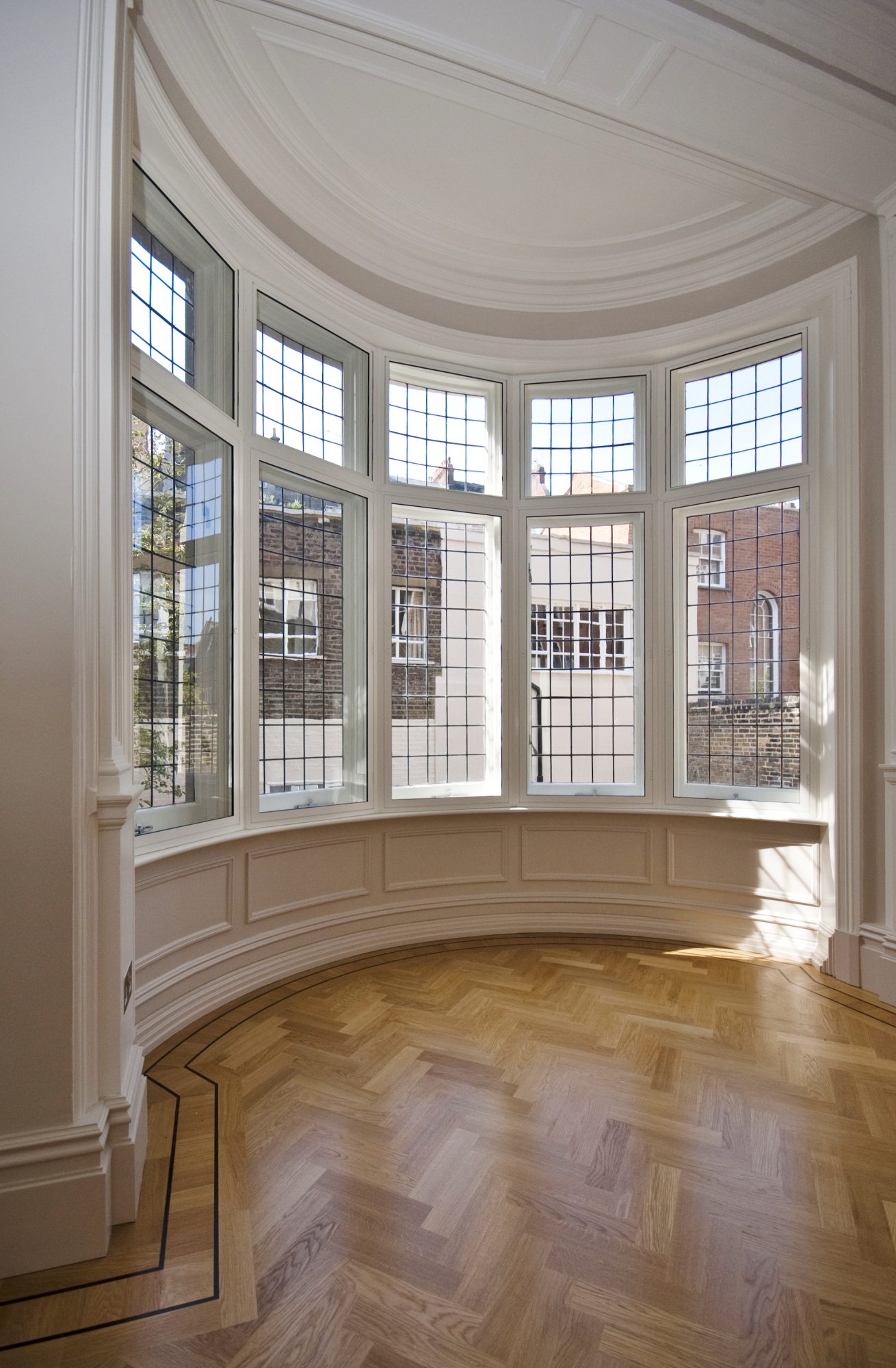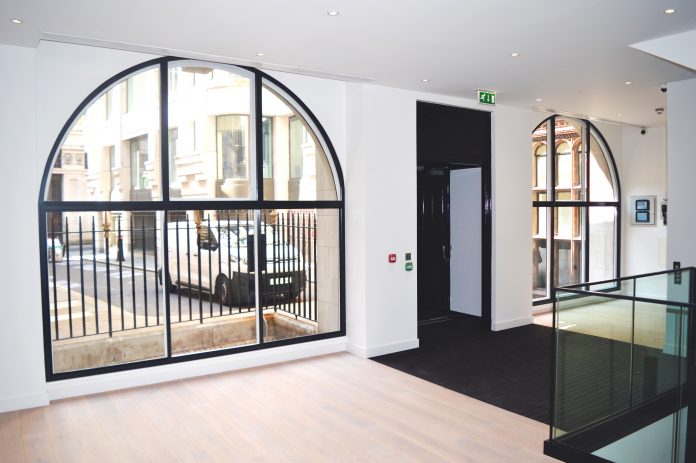We caught up with Nicholas Dabney, technical adviser at secondary glazing experts Selectaglaze, to take a closer look at secondary glazing myths – and put an end to them once and for all
Myth: Secondary glazing is a cheap alternative to replacing primary windows
“Cheap” isn’t an attractive word, but the fact is that secondary glazing is often the most cost-effective retrofit solution to tackle issues with cold, noise and security.
“Wholesale window replacement is an expense few businesses want to incur,” says Nic. “In a recent office refurb project that we were involved in, it wasn’t initially part of the plans. But by the time a cost benefit analysis was undertaken, it was. Replacing primary windows requires scaffolding and this means lots of manpower, time and money. Secondary glazing can be a phased installation, so businesses can still operate and spread the financial commitment.
“So if by ‘cheap’, people mean cost-effective and flexible, then this is one myth that rings true.”
Myth: Secondary glazing isn’t relevant in today’s market
In a time of soaring heating costs, more stringent energy efficiency regulations and an ever-growing climate crisis, secondary glazing has never been more relevant.
“It’s being used more and more frequently to insulate existing buildings – even ones with existing double glazing,” says Nic, “and it’s by far the best way of providing noise insulation. A 4mm primary window complemented by a 4mm Selectaglaze secondary glazing unit with a 150mm cavity in-between will provide approximately 45dB Rw. It’s a higher rating than most modern double or triple glazed units deliver.”
“Secondary glazing installation is a more sustainable option than replacement of primary windows”, adds Nic “The embodied carbon in the existing windows is retained and there is no carbon cost associated with removing and sorting materials for recycling or landfill.”
Myth: Secondary glazing is crudely designed and finished
Say “secondary glazing” and many people will think of cheap frames with basic silver finishes. But while many old hands from PBC Today may remember the original 1960s designs, more and more designers and manufacturers are offering quality innovative solutions with modern finishes that are aesthetically pleasing and sympathetic to the building design.
Advances in materials, designs, manufacturing, fixing and fitting mean that secondary glazing solutions can be more discrete – or there is always the option of making a design feature of it.
“All of our units are aluminium and we can offer a wide variety of finishes, including any RAL colour, and a number of wood grain finishes,” says Nic. “We do a lot of work using bronze anodising and we can produce unique solutions such as curved on plan windows.
“Of course, products and design are one thing; expertise and precision are another. Craftmanship and application are vital. The specific method and approach of installation is every bit as important. Our attention to detail makes us stand out from the crowd – for instance, avoiding large gaps which require fillets and silicone that can age poorly is true precision bespoke installation.”
Myth: Secondary glazing is a one-size-fits-all solution
“I’m not sure where this one has come from,” muses Nic, “but it couldn’t be further from the truth. At Selectaglaze, we offer a bespoke design and construction service, where we recommend the most appropriate treatment for each window opening and take detailed measurements to ensure the tightest seal.”
Myth: Secondary glazing isn’t suitable for listed buildings
Secondary glazing is accepted, in most instances, by heritage bodies such as Historic England, the Society for the Protection of Ancient Buildings, the Victorian Society, the National Trust, Historic Scotland, the Georgian Group, the Listed Property Owners Club and Cadw.
Because it is a fully reversible adaptation, it can be removed and the building restored to the original architect’s vision, with minimal making good.

Of course, as with any work carried out on listed and heritage buildings, consultation with Conservation Officers is essential – and Listed Building Consent needs to be obtained.
Nic says: “Sometimes, secondary glazing is the only way of properly insulating a traditional or historic building. It can help regenerate buildings like these, which would otherwise become dilapidated or redundant, by raising the performance of the windows to modern standards.
“We are passionate about using our expertise to help preserve the finest examples of our architectural heritage – and can even bring them back to life.
“We’ve spent over 55 years perfecting the art of quality products and providing sympathetically designed glazing solutions that offer significant heat and sound insulation. So if anyone’s going to stand up for our indusry, we think it should be us.”
And that’s the truth.
Tel: +44 01727 837271
Please note: this is a commercial profile.

















